STEM is a word that many people see listed as an academic opportunity, but they don’t understand what it entails or looks like in an elementary classroom. STEM stands for Science, Technology, Engineering, and Math. Recently, the subject area Art has been added, now being referred to as STEAM. STEAM education is a way for educators to effectively connect and engage students in meaningful ways to the world around them.
The most important piece of STEAM is that it can be integrated into multiple subjects taught in the elementary classroom, whether Science, Social Studies, or Language Arts. STEAM teaches students to be able to relate to real-life situations, ones they might one day face. Future careers will require students to know more than one skill set. An interwoven set of skills that focuses on varying disciplines will be necessary in our ever-changing job market.
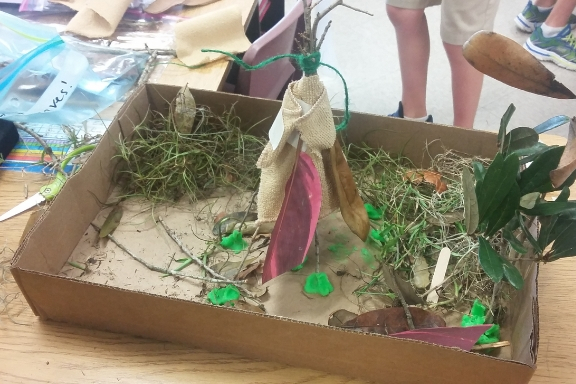
Third-grade students made Native American shelters for an inquiry-based Social Studies project.

First-grade students planned and created marble mazes for their peers to use.
STEAM education is a inquiry-based and project-based challenge. It is a process in which students can problem-solve and think critically and creatively. They are encouraged to ask questions and to be innovative thinkers. During the engineering process, students are encouraged to collaborate with their peers, which can be a difficult task for many of today’s students.
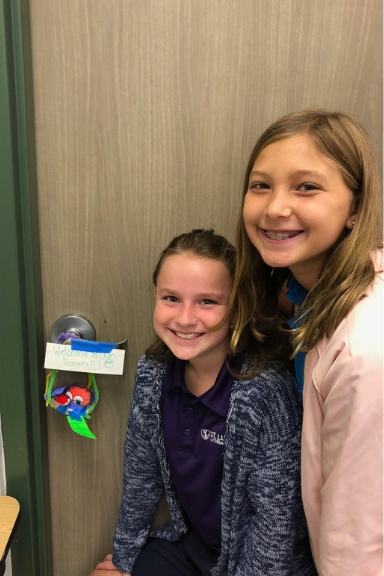
Fourth-grade students use teamwork to build a perch for Harry.
STEAM education is not a craft, a cute project, or a time filler. It is a interdisciplinary way of problem-solving and working through different challenges or tasks. Students are taught an engineering process that guides their ability to think critically, communicate, collaborate, and to be creative. Known as the 4 Cs, each skill is a focus in a 21st-century education. In the Engineering Process, students are asked to:
Ask: Find out more about the problem.
Imagine: Think BIG! Consider ALL of the possibilities.
Plan: Think ahead about the steps.
Create: Follow your plan and make a model.
Improve: Test the model. Make changes to improve the model.
Communicate: Get feedback by collaborating with your peers.
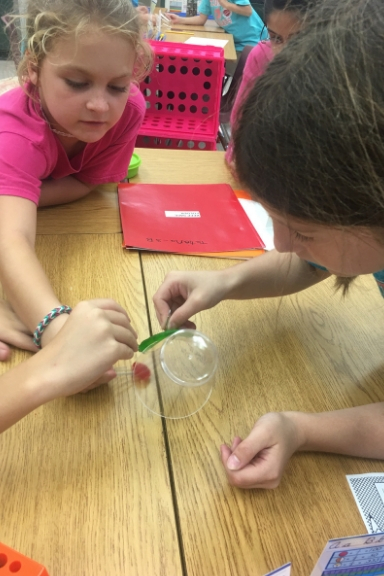
“Saving Sam” STEAM Challenge: Students engaged to communicate in a collaborative STEAM exercise. Communication and thinking critically were the keys to success here.
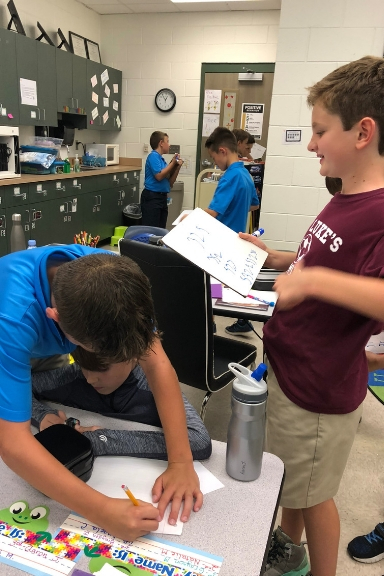
Planning and research are important in understanding the task at hand and to find out what materials are provided. These challenges offer only certain materials during the varying challenges to help encourage a crucial piece of STEAM education—problem-solving.
In the beginning of a STEAM challenge, students should always have time for planning, whether it is written or sketched. At the end of the challenge, students need time to reflect and evaluate their design. Students need the opportunity to redesign or make improvements to their models. Ideally, a STEAM challenge done correctly (in a school setting) can take one to two days. During the final stages, students truly become problem-solvers in a real-world context. Students use that time to share, comment, and debrief. Talking through challenges and gaining ideas and perspectives from others are priceless life-long skills. STEAM can be brought into the home environment as families spend time working together making changes and talking about different problems that the child faced. Debriefing on what the student learned can be done with family members as well.
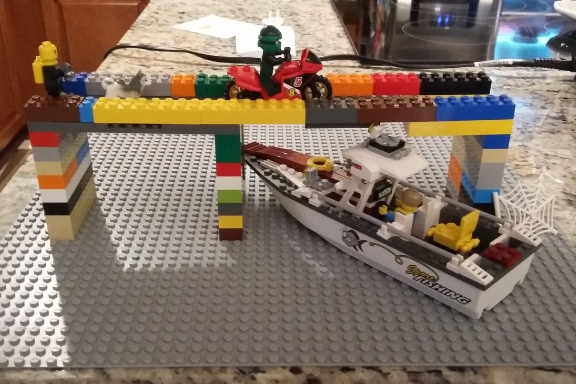
You can encourage your child to use their imagination and study the world around them using materials already at home.
The best way to encourage your child to engage in STEAM is to foster their curiosity of the world around them by asking questions. Our world is a beautiful and majestic gift from God. Students who engage regularly in the STEAM education process will become passionate about learning and inquisitive about our world, and demonstrate flexibility in thinking with the hopeful outcome of developing into innovative adults with careers that can positively change our world.
Here’s what a few of our students have to say about STEAM:
“STEAM stretches your mind and helps you think on the spot and improvise. It is good for teamwork.” —Sophie
“STEAM opens your mind in creative ways. You have to use what you have and work together in order to create or solve a problem. You have to work together and if you do not have a good attitude, it won’t work. It’s a test you never even knew you were taking.” —Delaney